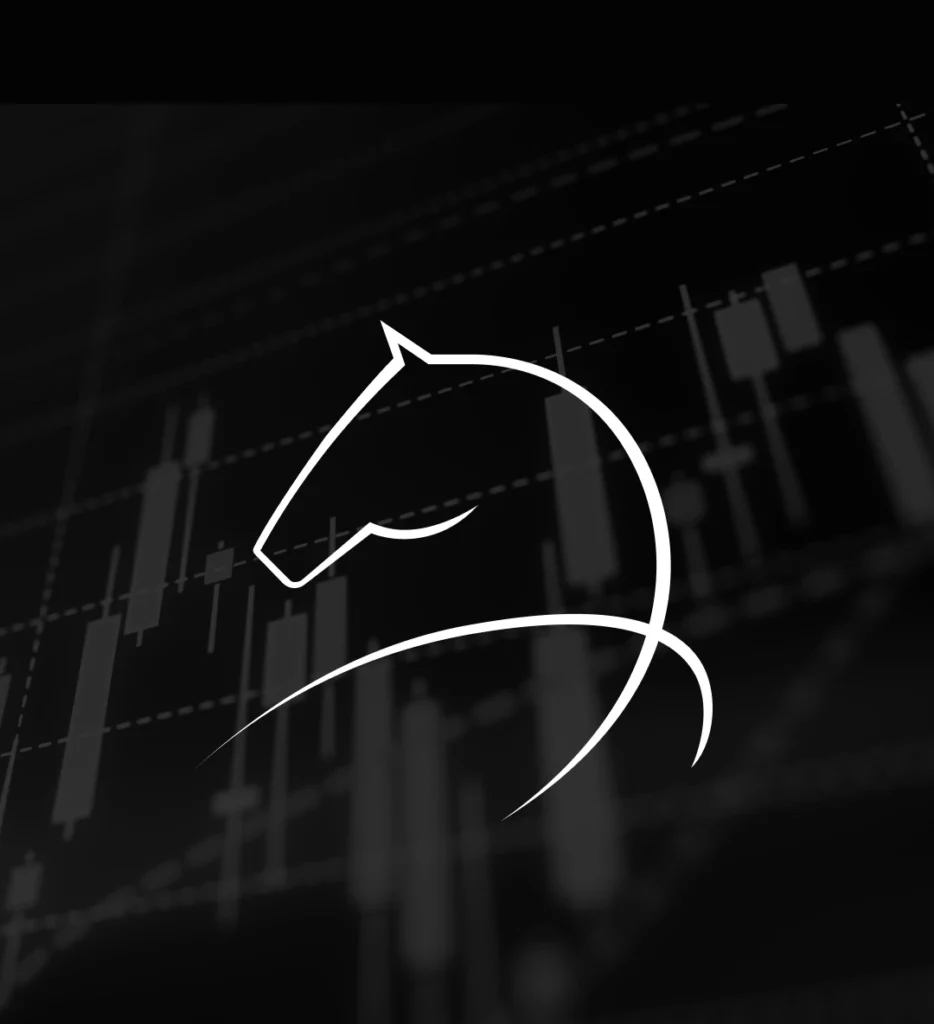The finance book ‘Rich Dad, Poor Dad’ was one of the first finance books I looked at, more than 20 years ago. It quickly became one of my favourites, thanks to the everyday language used. The book used simple terms to explain the difference between an asset and a liability; if you understand those, you can apply good and bad debt principles.
Taking on business finance is not a decision that should be taken lightly, but it shouldn’t leave you with the weight of doubt or worry hanging over your head either. Taking the same approach to financial terminology as the book did, we touch on the differences between good debt and bad debt below, and how you can use debt for the good of your business.
What is ‘good debt’?
Good debt is far from a technical term, but in general, it refers to the types of debt that help support your business to grow or provide the ability to create wealth. To understand if something’s going to be a ‘good debt’, a simple way to think about is: will this debt help me generate more value (or money) than what the loan costs my business?
An important point to make on good debt is that the debt doesn’t necessarily need to be for a piece of machinery. For example, you may look at taking out a small business loan to put on an employee. You know that for your business, this employee will become an asset who can help grow your business and bring in more revenue; an example of good debt.
Another example might be if you operate in a seasonal industry. In the off-season, your cash flow might slump, and borrowing money such as a business loan, line of credit or invoice financing can help smooth out the cash flow in the slower season. This type of debt may be looked down upon as you ‘needing to borrow money to stay afloat’ when in reality, the cost of taking out that debt will be far outweighed by the income it generates once you hit your peak season again.
This points to how not all debt is created equal. The same type of debt for different businesses may not be viewed in the same way — what’s good for one business may be bad for another.
Good debt vs bad debt
‘Bad debt’ generally means when your business goes into debt for something where the cost of the debt to your business outweighs the financial benefits. The author of Rich Dad, Poor Dad, Kiyosaki, might even say that the family home is an example of bad debt because it doesn’t provide an income. While you would likely argue that your family home is a lifestyle decision, not an investment decision — you get the idea. Things like payday loans or high-interest credit card debt could also be considered bad debt if they cost you more than you’re earning. Debt is a great tool to manage cash flow and grow a business when leveraged effectively.
If you consistently find your business going into debt that’s not related to assets that will provide an income or go up in value over time, you might be going into bad debt. Sometimes, bad debt can be good debt that’s gone wrong, such as extending credit to your customers, which then can’t be repaid or recovered, or falling into a debt cycle where your debt simply becomes too tricky to manage.
Using debt for the good of your business
Now, if you’re using debt within your business under the fundamental principle of ‘good debt’ versus ‘bad debt’, you’re in a good place; you’re accumulating assets that provide you with an income. The weight of worrying around ‘going into debt’ can be lifted by realising that you’ll be using a principle that fuels growth and helps you build a more resilient business, better capable of surviving tougher times. You could think of your monthly payments as an investment in the business’s future — similar to how student loan debt can be considered an investment in your own future success.
As Kiyosaki says, “I’d rather welcome change than cling to the past”. At darkhorsefinancial.com.au, we have many different finance solutions for businesses that can help to drive your business forward rather than sending you backwards. If you’ve found yourself in a position where business loans and debt have become overwhelming, and you can’t keep up with interest payments, we can help. Looking at debt consolidation and restructuring your finance can help put you on the road to success.
Contact us to source the right solution for your business’s financial situation and needs.

Commercial Lending Solutions For Your Business
OVERDRAFTS | TERM LOANS | UNSECURED LENDING | EQUIPMENT FINANCE | PROPERTY FINANCE | CASH FLOW LENDING | WORKING CAPITAL | BRIDGING LOANS | PRIVATE LENDING
The finance you need to do business the way you want
.





